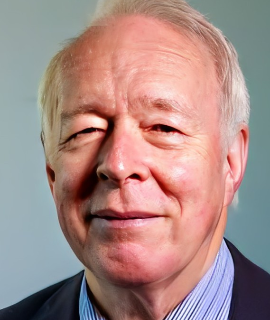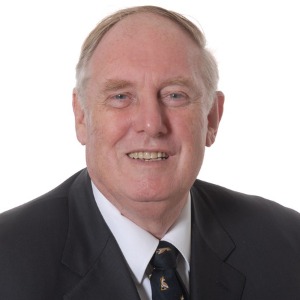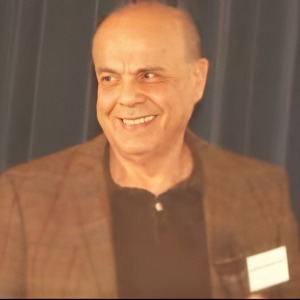Enamel and dentin
Enamel and dentin are two of the most important components of the tooth structure in dentistry. Enamel is the outermost layer of the tooth which is composed of minerals and proteins, and is highly resistant to wear, acid, and other environmental factors. Dentin is a layer of hard, porous tissue that lies beneath the enamel and is much softer than enamel. It supports the enamel and helps to absorb shock and stress applied to the tooth. Enamel is the hardest substance in the human body and is highly resistant to wear. It provides the tooth with a strong protective covering that is designed to prevent bacteria and other substances from entering the tooth and causing decay. Enamel is composed of hydroxyapatite, a mineral made up of calcium and phosphate, as well as other proteins. The hydroxyapatite makes up 95% of the enamel and the proteins make up the other 5%. Dentin is the layer of the tooth that lies beneath the enamel and is much softer than enamel. It is made up of a mineral called dentin, which is composed of collagen fibers and hydroxyapatite crystals. Dentin is important for the structure and integrity of the tooth and helps absorb shock and stress applied to the tooth. It also helps to protect the tooth from decay by preventing bacteria and other substances from entering the tooth. In dentistry, both enamel and dentin are important components of the tooth structure. Enamel provides protection and strength to the tooth while dentin provides support and absorbs shock and stress. Both enamel and dentin play an important role in maintaining the structure and health of the tooth.

David Geoffrey Gillam
Queen Mary University of London, United Kingdom
Christopher Turner
Spacemark Dental, United Kingdom




Title : Evaluating hygienist follow up for head and neck oncology patients in secondary care: Results from a two cycle audit
Peter Basta, Newcastle Dental Hospital, United Kingdom
Title : Atypical facial pain unravelled
Christopher Turner, Spacemark Dental, United Kingdom
Title : New treatment of temporomandibular disorder through muscle balance and muscle regeneration by activation of quiescent muscle stem cells( satellite cells) with mitochondrial dynamics
Ki Ji Lee, National Reserach Foundation & Busan Medical University, Korea, Republic of
Title : MRONJ and ORN: Referral or management in primary care? Navigating guidelines in the context of long waiting lists
Alisha Sagar, NHS England, United Kingdom
Title : Managing the unexpected: An Insight into supernumerary teeth
Bahar Gharooni Dowrani, Guy's and St Thomas' NHS Foundation Trust, United Kingdom
Title : Laxative prescribing for post operative head and neck cancer patients at Derriford Hospital
Pui Sze Kylie Li, Cardiff and Vale University Health Board, United Kingdom